Plagues Throughout History That Scared The World
Throughout history, plagues have shaped the course of human civilization, leaving indelible marks on societies across the globe. These outbreaks, often emerging without warning, have tested humanity’s resilience and adaptability.
From ancient times to the modern era, the tales of these pandemics continue to fascinate and educate us about the fragility of life and the strength of the human spirit.
The Plague of Athens: An Ancient Epidemic

The Plague of Athens struck in 430 BC, during the second year of the Peloponnesian War. It devastated the city-state, claiming the lives of an estimated 100,000 people, possibly including the influential leader Pericles.
The disease, whose exact cause remains a mystery, significantly weakened Athens, altering the course of the war. Eyewitness accounts by historians like Thucydides provide a haunting glimpse into the chaos and suffering endured by the Athenians.
The Antonine Plague: The Fall of Rome’s Might
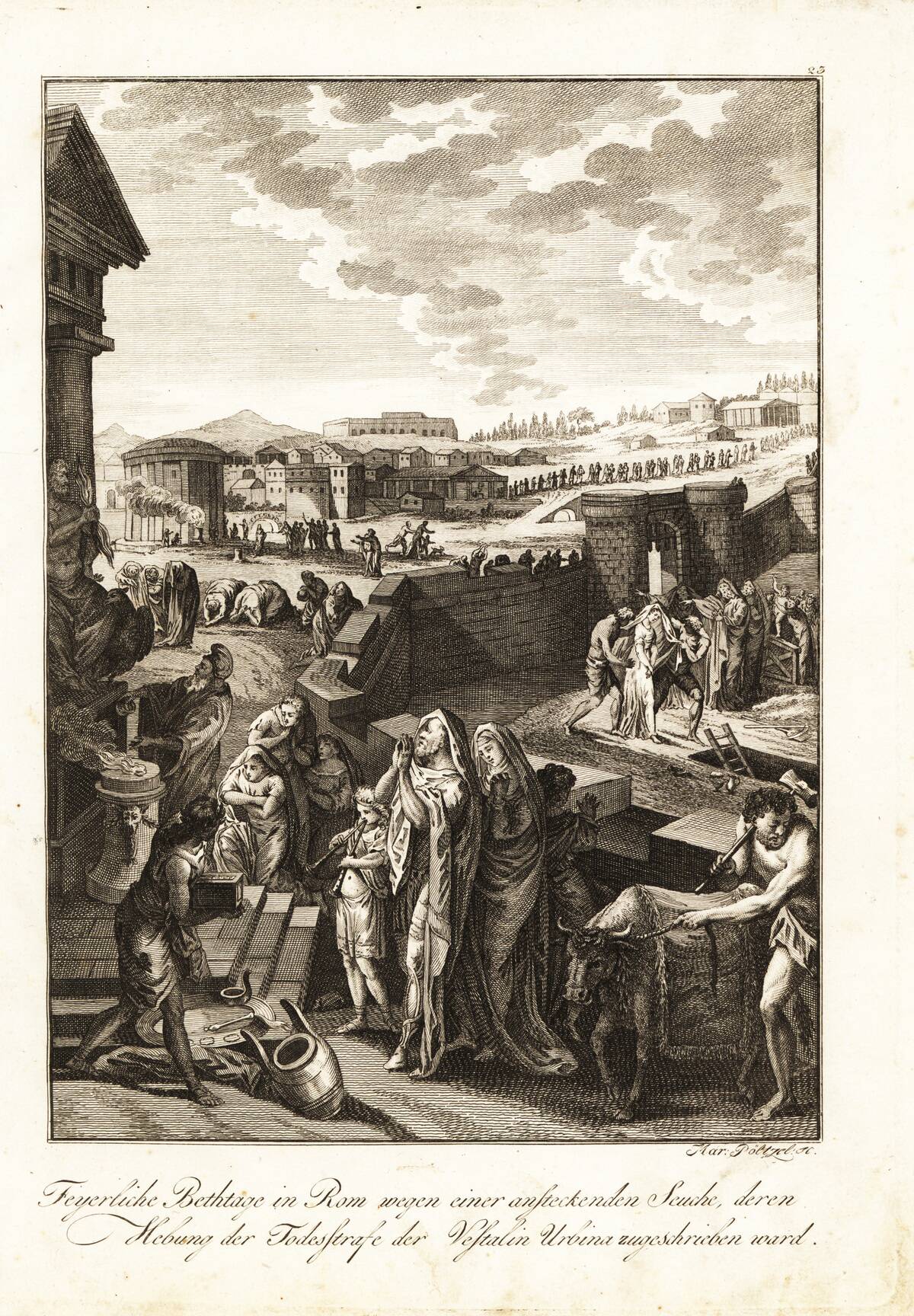
The Antonine Plague, believed to have been caused by smallpox or measles, ravaged the Roman Empire from 165 to 180 AD. It resulted in the deaths of at least 5 million people, including Emperor Lucius Verus.
This widespread epidemic contributed to the decline of Rome, weakening its military and economy. The outbreak underscored the interconnectedness of the empire, as soldiers returning from campaigns inadvertently spread the disease far and wide.
The Justinian Plague: The Byzantine Empire’s Dark Hour

In 541 AD, the Justinian Plague emerged, marking the first recorded outbreak of bubonic plague. Named after Emperor Justinian I, it decimated the Byzantine Empire, with death tolls estimated to be in the millions. However, the most extreme estimate (suggesting 5,000 people died per day) remains the subject of intense debate, and some historians believe it wasn’t quite as destructive on as widespread a scale as suggested.
The plague not only depleted the population but also hindered Justinian’s plans to reunite the Roman Empire. This catastrophic event serves as a somber reminder of the potential for pandemics to alter the course of history.
The Black Death: Europe’s Nightmare
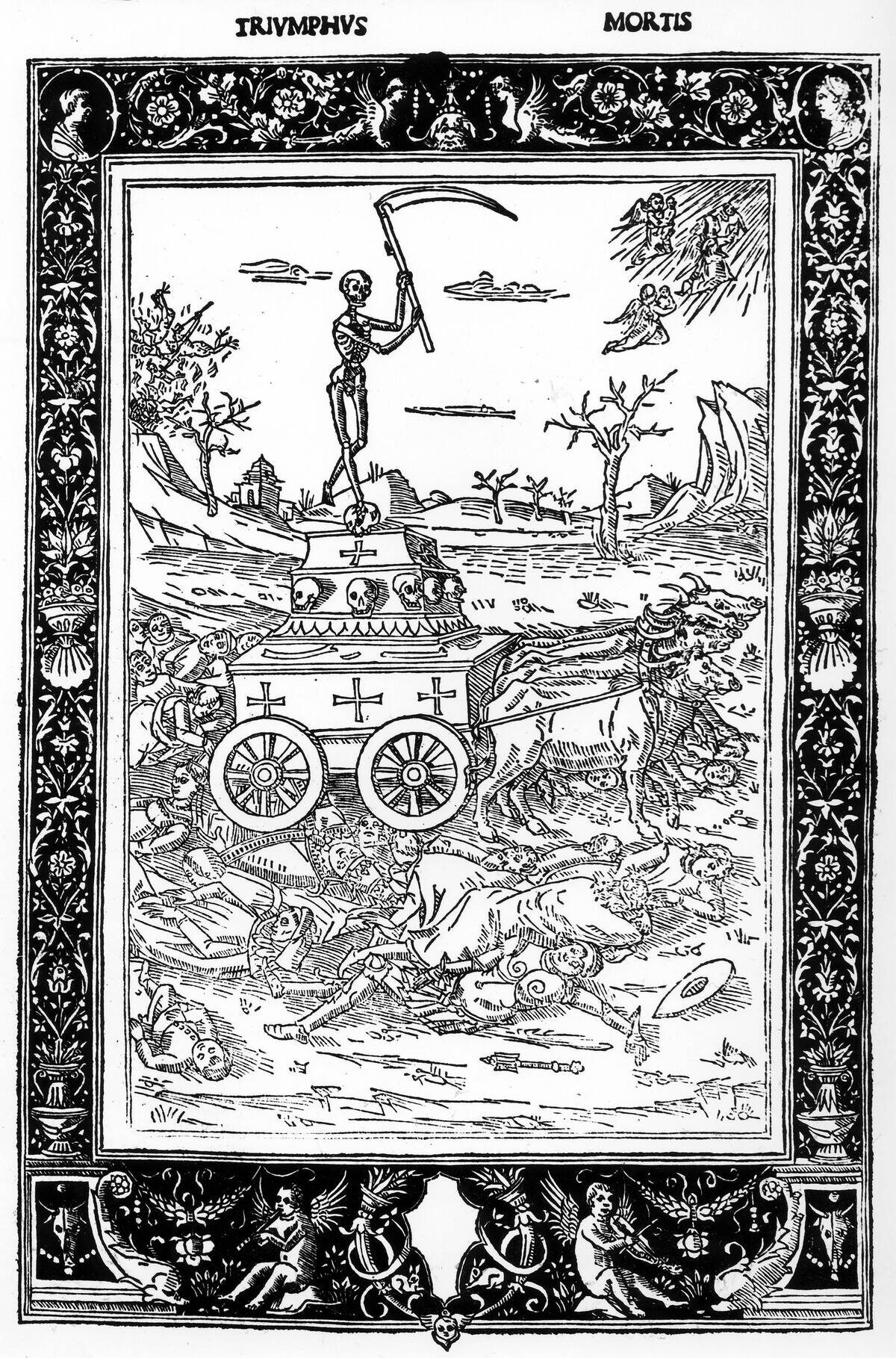
The Black Death swept through Europe from 1346 to 1353, and even the most conservative estimates state it as killing over 25 million people, nearly a third of the continent’s population. This bubonic plague, transmitted by fleas on rats, caused widespread panic and societal upheaval.
The labor shortages that followed spurred economic changes, eventually leading to the decline of feudalism. The Black Death remains one of history’s most infamous pandemics, a grim testament to the power of disease.
The Dancing Plague: When Fear and Folly Took Over

In 1518, the streets of Strasbourg (which is now part of France) became the stage for the bizarre Dancing Plague. Dozens, and eventually hundreds, of people danced uncontrollably for days on end. Some reportedly danced to their deaths, but this has proven a hard claim to verify in the centuries since.
The cause of this strange phenomenon remains debated, with theories ranging from ergot poisoning to mass hysteria. The Dancing Plague highlights the psychological impacts of fear and stress, revealing how societal pressures can manifest in unexpected ways.
The Cocoliztli Epidemic: The New World’s Oldest Scourge

The Cocoliztli Epidemic of the 16th century was a devastating outbreak in the New World, particularly affecting the Aztec population. Likely caused by a viral hemorrhagic fever (though Salmonella is also a potential culprit), it resulted in the deaths of up to 15 million people, drastically reducing the indigenous population.
This epidemic, coupled with other European-introduced diseases, played a significant role in the collapse of Mesoamerican civilizations. The term “Cocoliztli” itself means “pestilence” in Nahuatl, reflecting the profound impact of this mysterious disease.
The Great Plague of London: A City Under Siege

The Great Plague of London in 1665 was the last major outbreak of the bubonic plague in England. With the city under siege by the disease, an estimated 100,000 people perished in just 18 months.
The outbreak led to widespread panic and drastic public health measures, including the closure of certain public spaces and the quarantine of infected households. The Great Plague was a precursor to the Great Fire of London, which is said to have inadvertently helped end the epidemic by destroying much of the rat-infested city. However, this claim remains heavily disputed and is described as a myth by the Museum of London.
The Third Cholera Pandemic: The Global Spread
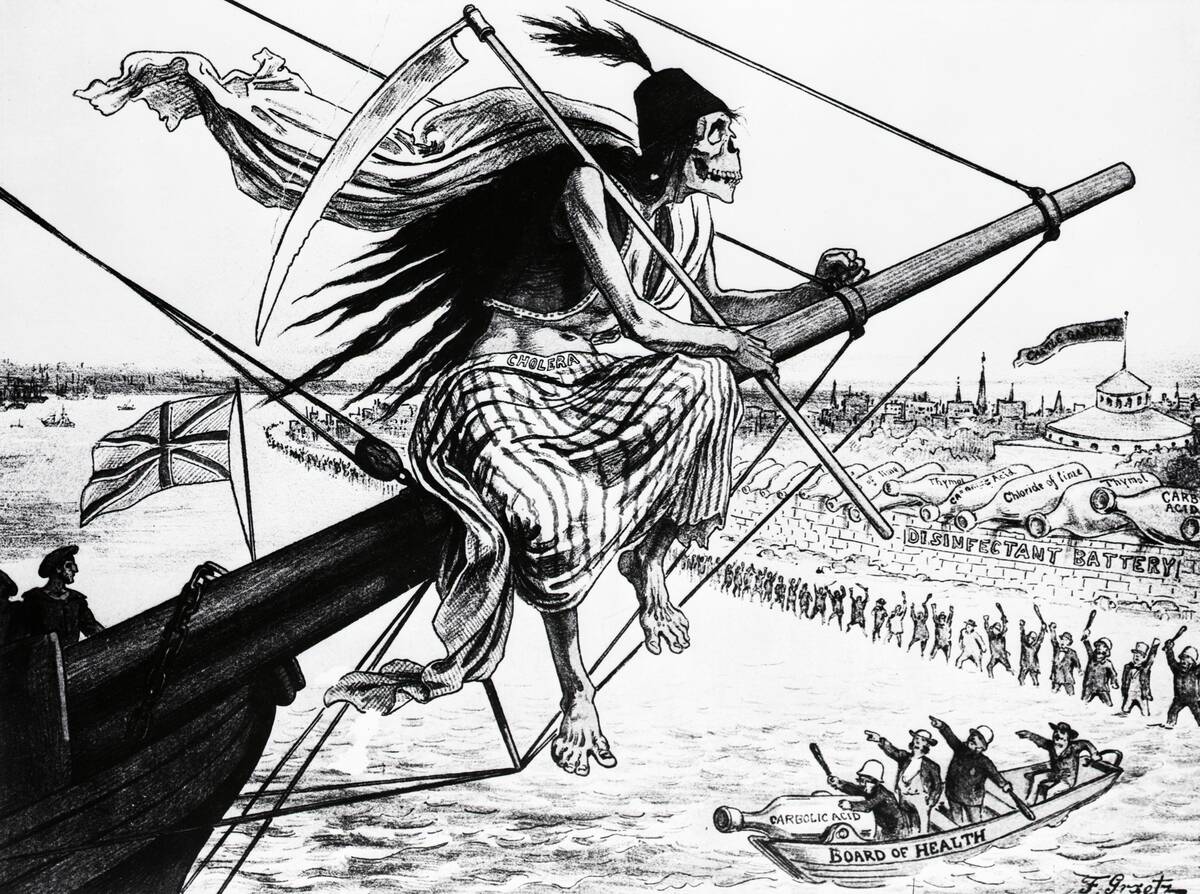
The Third Cholera Pandemic, spanning from 1846 to 1860, was the deadliest of the seven cholera pandemics, claiming millions of lives globally, as the Russian Empire alone recorded over a million fatalities. Originating in India, it spread rapidly due to increased global travel and trade.
This pandemic reached as far as North America and Europe, highlighting the ease with which diseases could cross continents. The outbreak prompted significant advancements in public health and sanitation, including the work of John Snow, who identified contaminated water as the source of cholera.
Yellow Fever: America’s Southern Sickness

Yellow Fever, a viral disease transmitted by mosquitoes, plagued the southern United States throughout the 18th and 19th centuries. The fever caused devastating outbreaks, particularly in cities like New Orleans, where at least 8,000 people died in 1853 alone.
Efforts to control the disease led to the establishment of modern sanitation practices and mosquito control. The successful eradication of Yellow Fever in the U.S. is largely credited to the work of Dr. Walter Reed and his team, who confirmed the mosquito transmission theory. However, Reed credited a Cuban-Spanish doctor named Carlos Finlay for the initial hypothesis.
The Russian Flu: The 19th Century Pandemic
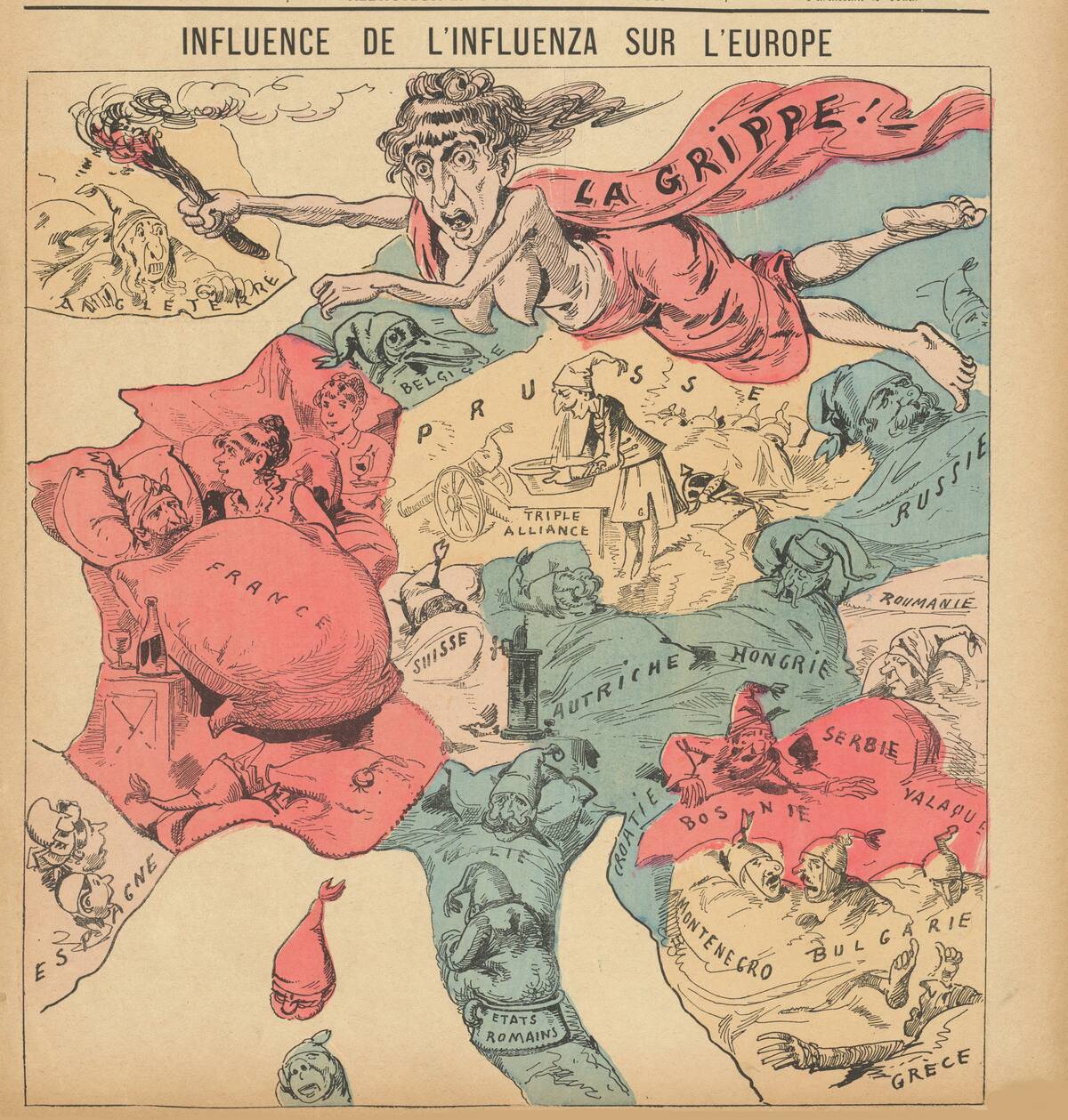
The Russian Flu of 1889-1890 was one of the first pandemics to occur in an increasingly connected world, spreading rapidly across continents. Estimated to have caused over a million deaths globally, it was the first influenza pandemic of the modern era.
The outbreak was facilitated by new transportation technologies, such as railways and steamships, which allowed for faster movement of people and goods. This pandemic marked a turning point, highlighting the need for international cooperation in disease surveillance and response.
The Spanish Flu: A Worldwide Catastrophe
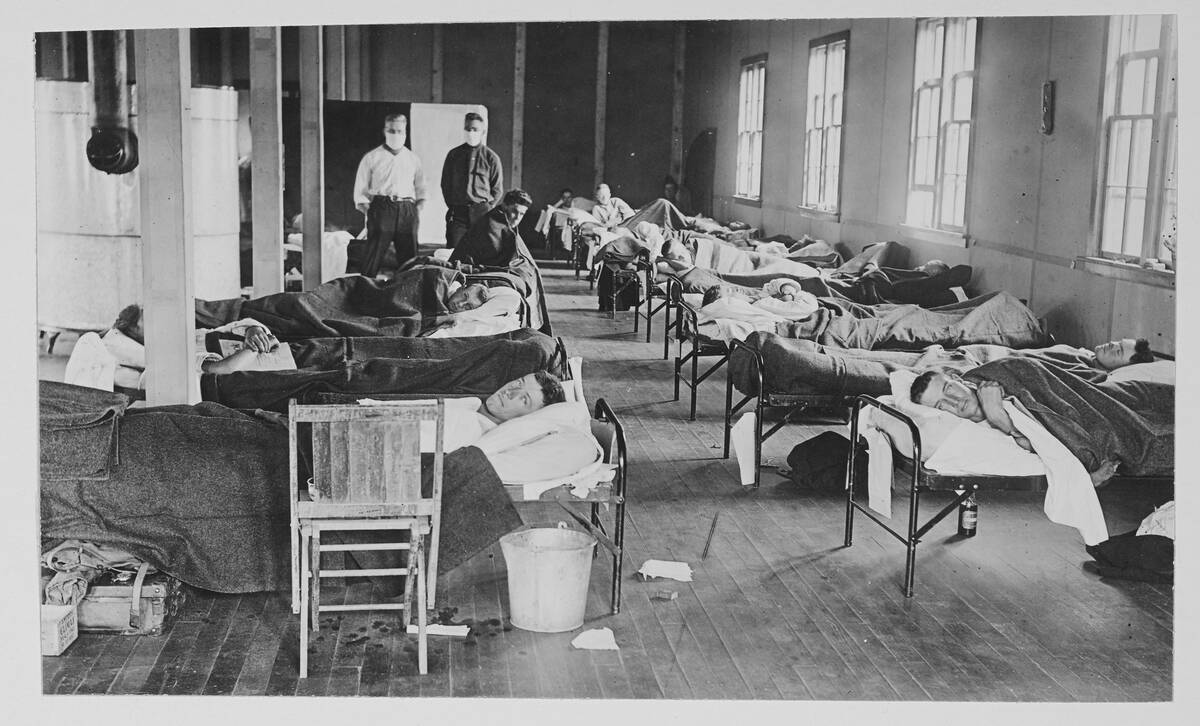
The Spanish Flu pandemic of 1918-1920 remains one of history’s deadliest, infecting a third of the world’s population and claiming up to 50 million lives. Originating during the final months of World War I, the virus spread rapidly through troop movements and crowded conditions.
Unlike previous flu strains, it disproportionately affected young, healthy adults, leading to devastating mortality rates. The Spanish Flu reshaped public health approaches, emphasizing the importance of vaccination and global disease monitoring.
The Asian Flu: A New Wave in the Modern World

The Asian Flu pandemic of 1957-1958 emerged in East Asia and swiftly spread worldwide, resulting in an estimated 1-4 million deaths. The H2N2 influenza virus responsible for the outbreak was a novel strain, against which the population had little immunity.
The pandemic underscored the importance of developing effective vaccines, as rapid vaccine production helped mitigate its impact. The Asian Flu highlighted the need for robust international health collaboration to combat emerging infectious diseases.
The Hong Kong Flu: The Last Pandemic Before Our Time

The Hong Kong Flu pandemic of 1968-1969 was caused by the H3N2 influenza virus, claiming at least a million lives worldwide. Originating in Hong Kong, the virus swiftly spread globally, facilitated by international travel.
With estimated death tolls ranging from 1 million to 4 million, the Hong Kong flu was similarly destructive to the pandemic of the late ’50s. Indeed, the virus involved was descended from the influenza strain at the heart of the earlier pandemic. The Hong Kong Flu marked the last pandemic before the onset of the HIV/AIDS crisis, reminding the world of the persistent threat of influenza.
The HIV/AIDS Crisis: A Modern Day Plague
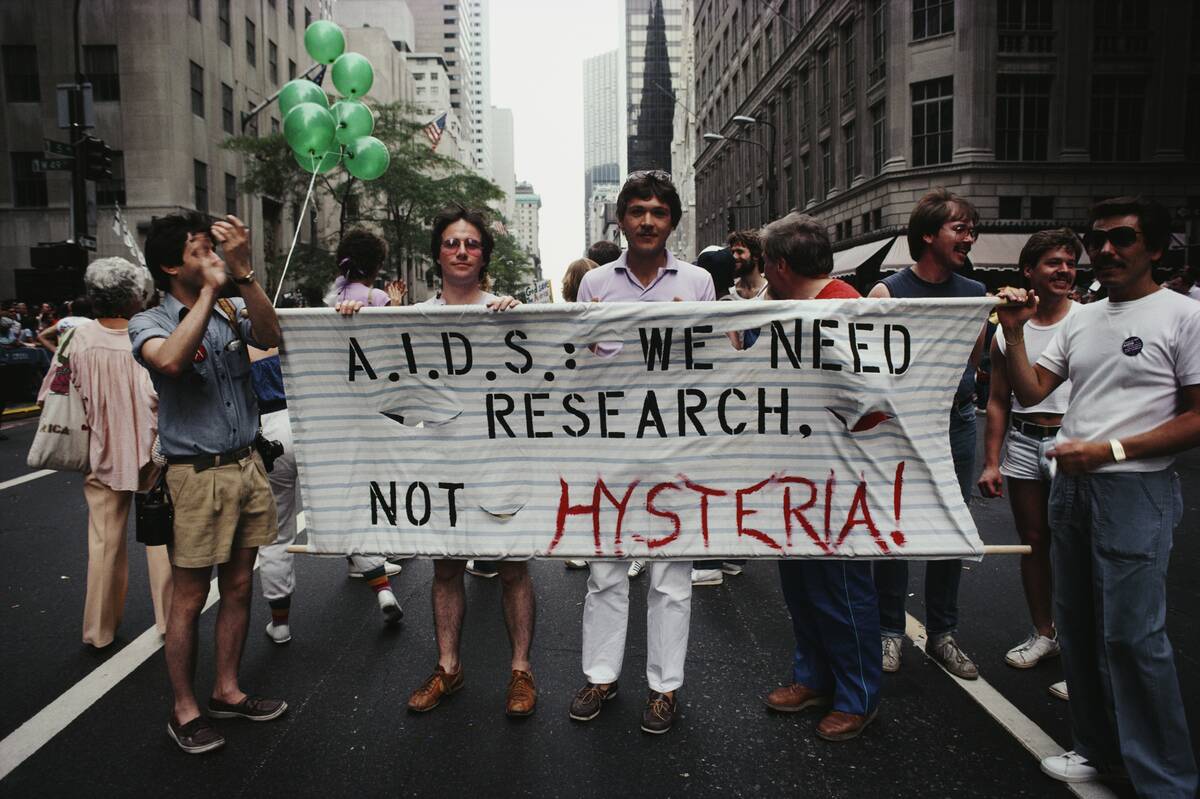
The HIV/AIDS crisis emerged in the late 20th century, initially identified in the 1980s. This global pandemic has resulted in over 44 million deaths, with millions more living with the virus today. The crisis highlighted significant social and medical challenges, prompting advancements in research, treatment, and public awareness.
The development of antiretroviral therapy has transformed HIV/AIDS from a fatal disease to a manageable chronic condition, demonstrating the power of scientific innovation and advocacy in combating pandemics.
The SARS Outbreak: The 21st Century Scare
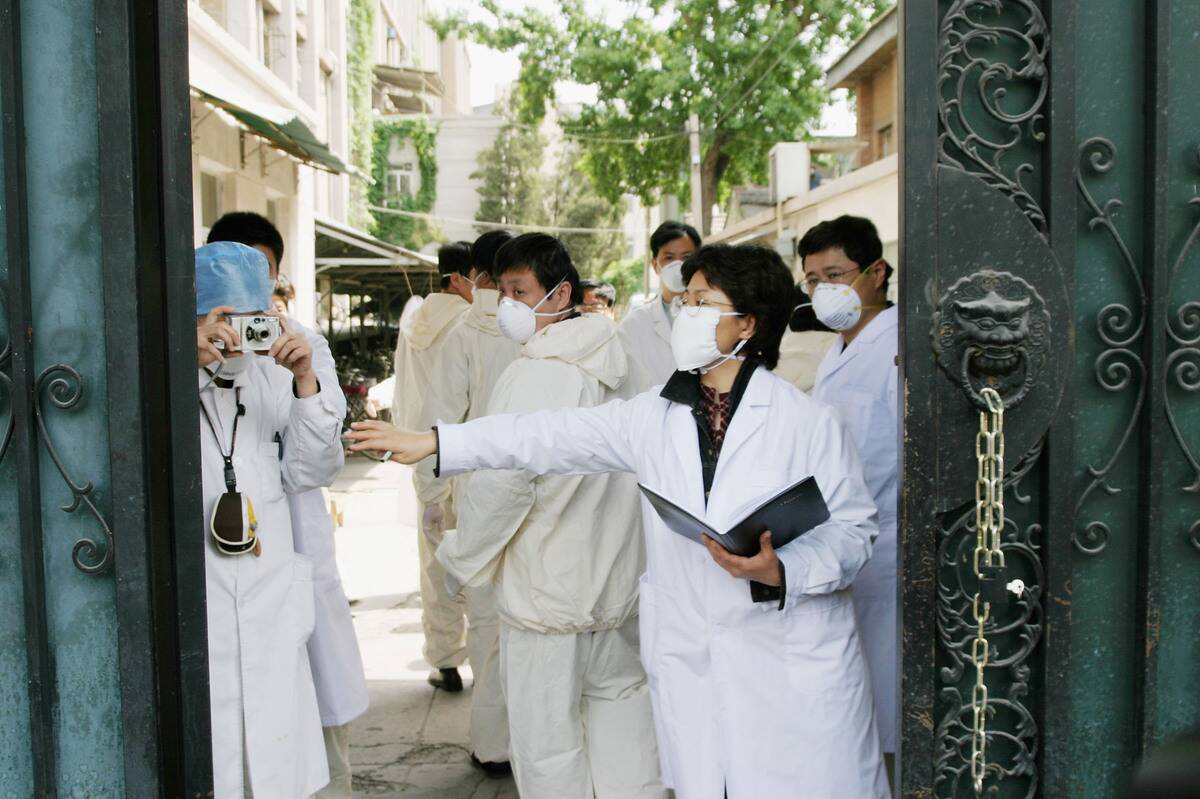
The SARS outbreak of 2002-2004 was a wake-up call for global public health systems. Originating in China, the novel coronavirus spread to over two dozen countries, causing 774 recorded deaths.
The outbreak showcased the potential for coronaviruses to cause severe respiratory illnesses and highlighted the importance of rapid response and transparency in controlling infectious diseases. The lessons learned from SARS have informed subsequent responses to viral outbreaks, including the ongoing COVID-19 pandemic.
Ebola: The Deadly Virus That Shocked the World
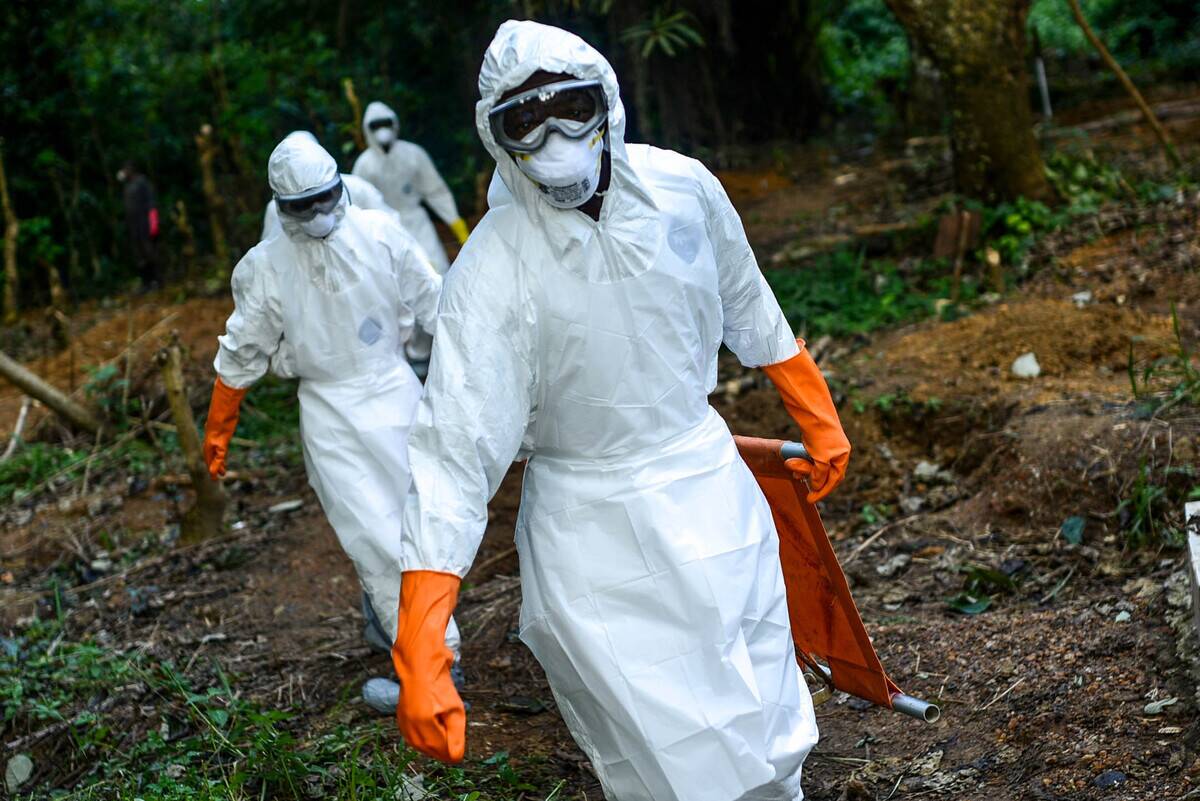
The Ebola outbreak of 2014-2016 in West Africa was one of the deadliest in history, with over 11,000 deaths reported. The virus, characterized by severe hemorrhagic fever, posed significant challenges to healthcare systems in affected countries.
The outbreak prompted an international response, with efforts focused on containment, treatment, and vaccine development. The successful deployment of an Ebola vaccine by 2019 marked a significant achievement in global health, showcasing the importance of collaboration in tackling emerging infectious diseases.
COVID-19: The Pandemic of the Present

The COVID-19 pandemic, caused by the novel coronavirus SARS-CoV-2, has profoundly impacted the world since its emergence in late 2019. With over 7 million reported lives lost (with estimates including unreported casualties suggesting up to 33 million fatalities) and economies disrupted, the pandemic has highlighted the need for global cooperation in health and science.
Rapid vaccine development and distribution efforts have been unprecedented, offering hope for controlling the virus. COVID-19 has underscored the importance of preparedness and adaptability in facing future global health challenges.



